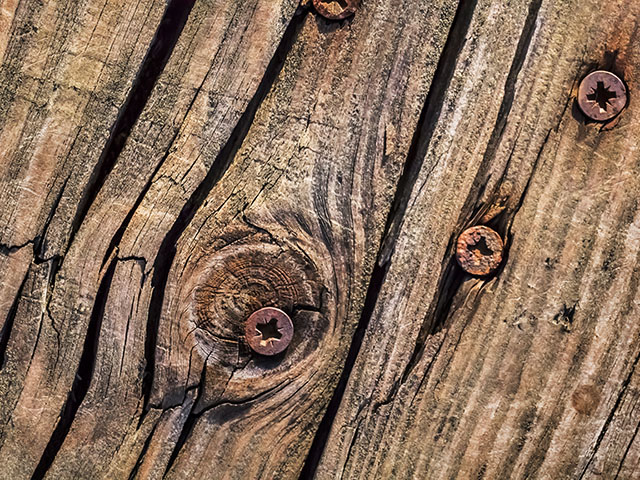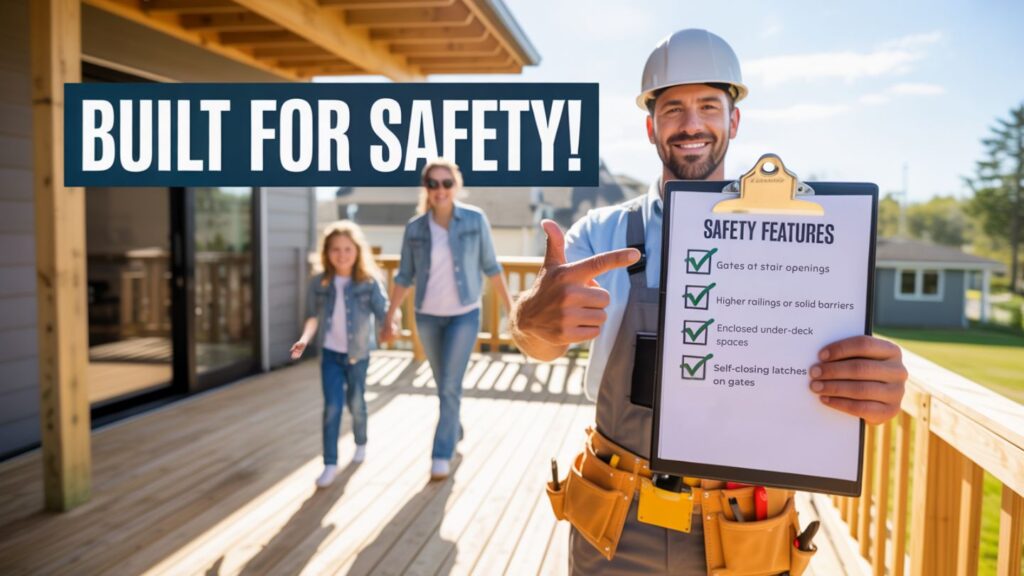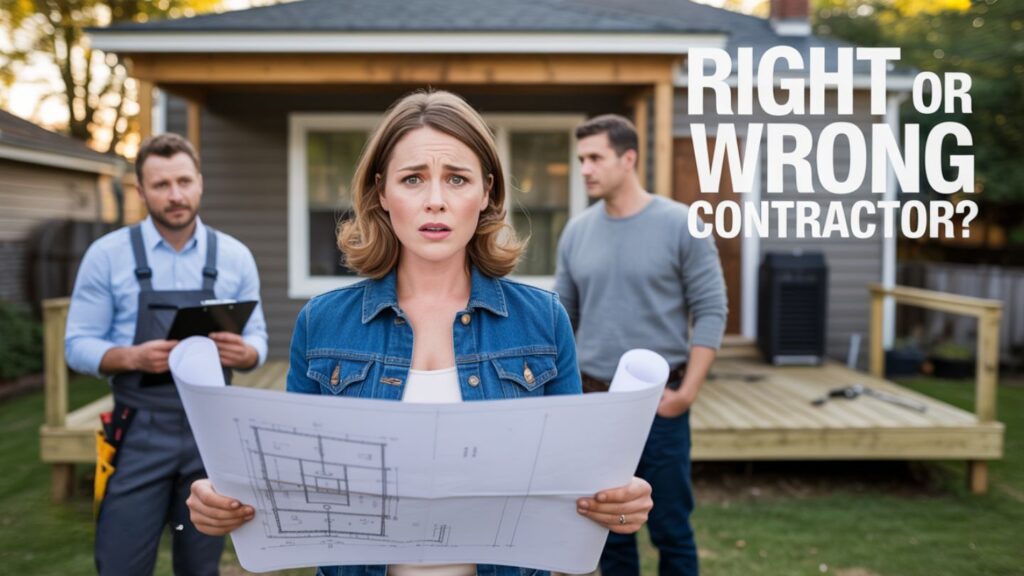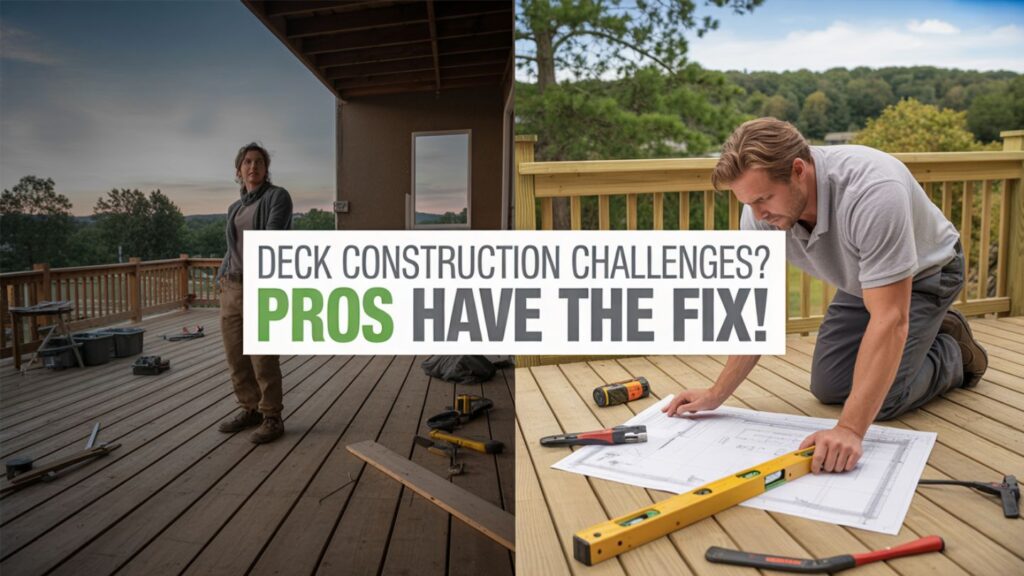Cedar wood was the talk of the town.
Cedar wood has been long associated with decks and outdoor carpentry. You’ve probably seen cedar decks in use nearby, as well as cedar house siding, pergolas, garden structures, and fencing.
In our part of Northeast Ohio, Western red cedar is the most abundantly available of the common cedar subspecies. As the name implies, It comes from the Western part of the U.S. and Canada.
Cedar’s most unique feature is its naturally occurring tannins. They resist termites and decay fungi, much like redwood does. As a result, cedar boards do not need to be pressure treated with harsh chemicals to prolong their lifespan. That’s why cedar is the product of choice for garden beds and swing sets for the kids. In addition, cedar is soft and easier to work with in comparison to other decay-resistant woods like rock-hard ipe wood.
Why has cedar fallen out of favor for decking?
First and foremost, cedar decks just do not hold up to the weather in Northeast Ohio. Because they’re laid horizontally, they bear the full brunt of the seasonal heat and freeze cycles that our climate dishes out. We have seen cedar decks rot with five to 10 years of installation, despite their tannin content.
The main reason for this, in my opinion, is that the way that cedar harvesting and logging methods have changed.
In previous years, logging companies would harvest mature “old growth” cedar trees that matured in nature over a period of centuries. Because the wood from trees grown naturally in the wild has time to mature, it’s saturated with those rot-resistant tannins.
However, as logging practices have evolved and more forests become protected, more and more of the lumber available comes from farmed cedar trees. Tree farms’ growth cycle is dramatically shorter than naturally-occurring cedar trees, resulting in different grain densities and tannin content than you could expect in the past.
All of those things add up to modern cedar decking that is more prone to rot.
Cedar is still an excellent choice for vertical applications like fencing and siding. Regardless, it’s always best to pre-stain, sealing all sides of the board for prolonged longevity. But pre-stained or not, I would not recommend it for applications like building cedar decks where the wood lies flat and will retain water.





